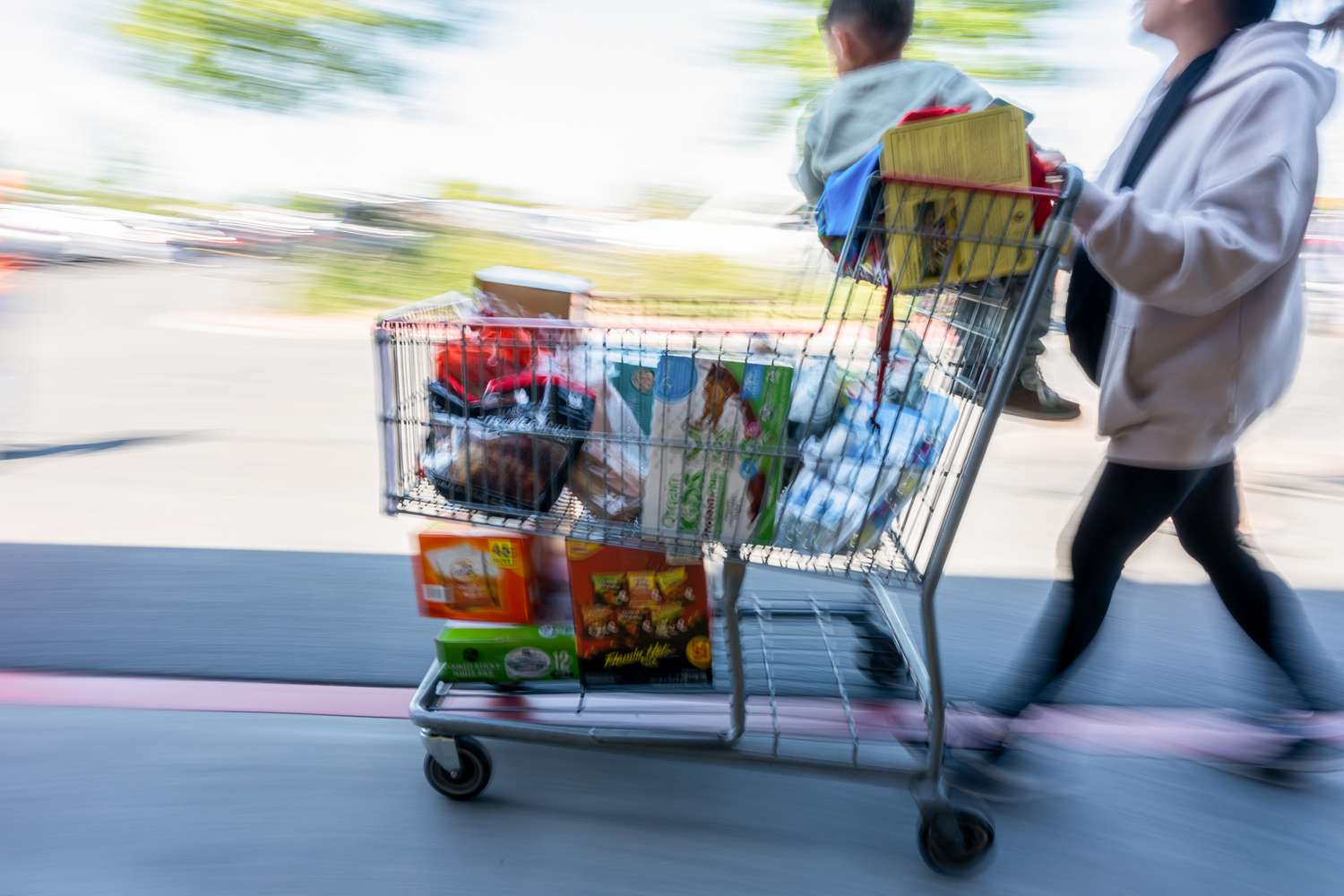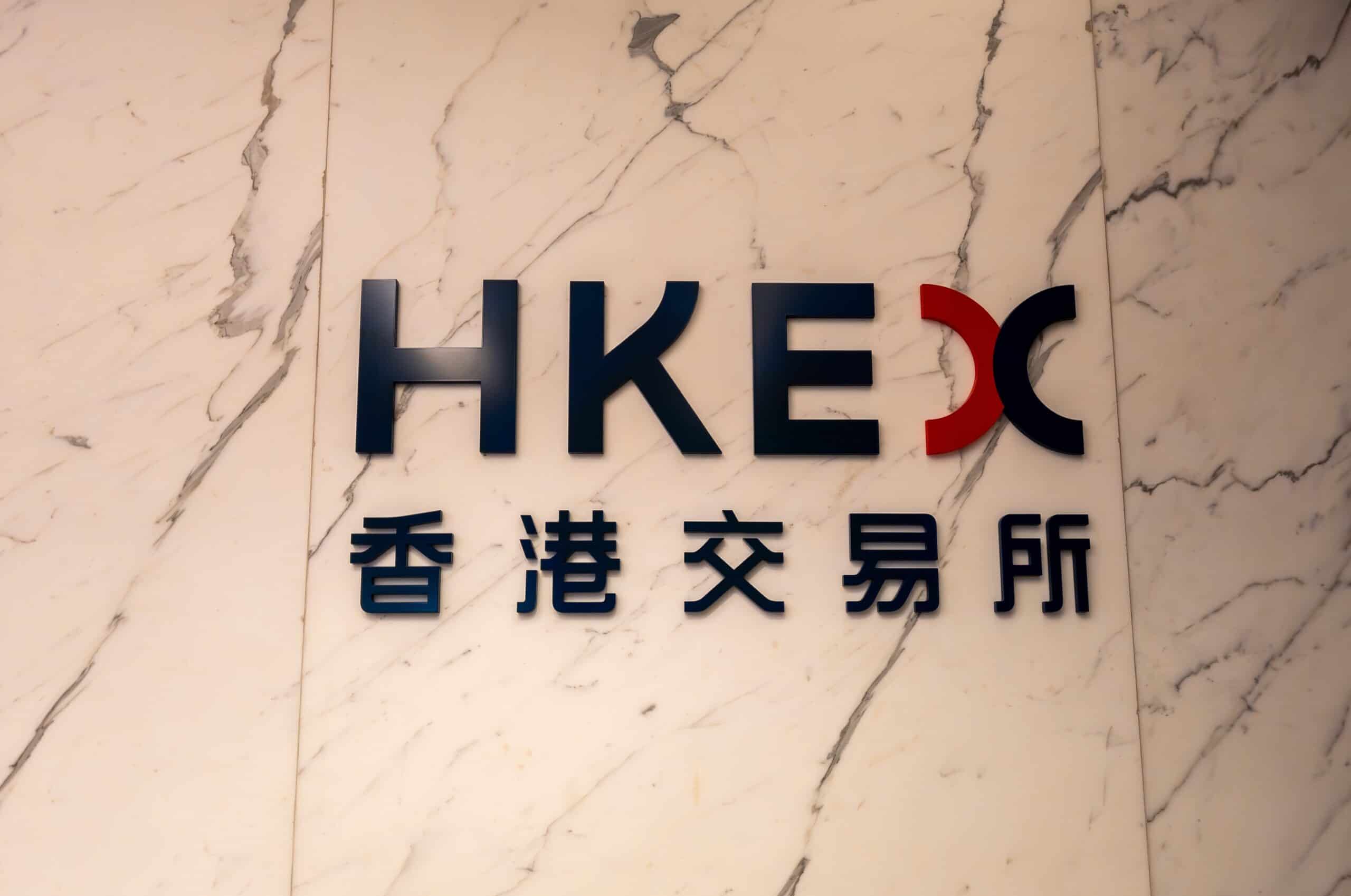The AI Facility Frenzy | Global Finance Magazine

AI’s huge appetite for computing power is fueling a global data-center ramp-up. Investors and builders are counting on the boom to continue.
Not since the height of the industrial revolution have we seen the level of demand for infrastructure capacity that the artificial intelligence boom has created. It’s estimated that roughly 10 times the computing power is needed to conduct a ChatGP search compared to a regular Google search. According to Goldman Sachs, we can expect AI power demand to increase by 165% by 2030; McKinsey forecasts that in Europe alone, meeting the new IT load demand will require between $250 billion to $300 billion of investment, excluding power generation capacity.
AI’s insatiable appetite for computing power, coupled with the current demand/supply conditions for cloud-based AI workflows/use cases, has supercharged the pace of investment and development of data centers. A data center is a facility housing cloud computing and storage resources that enable the delivery of software applications, the training of AI, and any number of additional processing and production applications.
Currently, the US is leading the AI power race, having built the largest number of data centers in the world. Statista reports that as of March, the US was home to 5,426 facilities, followed by Germany with 529, the UK with 523, and China with 449. By 2030, these numbers are expected to increase by about 30-40%. Globally, investment in data centers is forecast to reach $7 trillion.
Land And Power
How does the investment needed to build a data center break down?
“If someone owns a land parcel where data-center development is feasible, then the value of that land is significantly higher than it would be absent that demand,” says Tim McGuire, senior director of Project Finance at Rowan Digital Infrastructure, a developer and builder of data centers in the US. “For example, we see land in core markets like Northern Virginia exceed $2.5 million an acre, and to fit a hyperscaler development—Amazon Web Services, Google, Microsoft—we’re typically buying a hundred acres plus.”

Energy and water are both crucial cost components, and energy has been the gating issue in most geographies, McGuire adds.
“Data centers are very energy intensive,” he notes, “and even if the energy infrastructure is there to power them, building an interconnection can take months if not years. The cost of building those interconnections can be high. We’re therefore seeing more and more utilities—particularly utilities where the data center boom has really put strain on them—require some form of security for them to undertake the interconnection work.”
Well-capitalized developers that can afford to meet those requirements, have the advantage he says.
The dynamics related to power availability are different for data centers, observes Gordon Bell, principal at EY-Parthenon Digital Infrastructure. “Europe is particularly challenged with respect to power availability, given some of the local regulatory hurdles around expanding the power infrastructure,” he says. “The same thing is also true in North America, whereas in Asia it is relatively fast to build out that infrastructure.”
Graphic processing units (GPUs) are essential for all things AI, and some countries face further restrictions to data center development depending on how many GPUs they can import at any one time, Bell adds.
“Countries like Canada, Japan, Australia, and many in Europe don’t have restrictions on GPU imports,” he says, “which has created another catalyst for growth in the market in those regions.”
Also, different countries will offer specific incentives around the development of data centers. Some Middle Eastern countries, including the United Arab Emirates, are aggressively incentivizing data center development within their borders, he adds.
Financing Data Centers
Because building a data center is extremely capital intensive, backers are typically global companies like Blackstone, notes Claus Hertel, managing director at Rabobank, an active lender in the space and developer of its own green data center in the Netherlands. A lot of investors and lenders have relationships with these big firms and have assembled large project finance teams that are active in renewables, clean tech, and digital infrastructure.

“At the basic level, you have project financing, which incorporates construction, financing, and term financing,” Hertel says. “Once the data center is complete, you have a certain amount of time—typically a three- to four-year period—where the sponsor can decide how to access permanent capital or permanent financing. That could be in the form of asset-backed securities, commercial mortgage-backed securities, or a private placement to long-term investors. So there are different pockets of capital, short-term or longer term.”
Like many of its peers, Rowan Digital Infrastructure is sponsored by a private equity firm, Tim McGuire says.
“Typically, a private equity investor will front some of the pre-development costs, which could include acquiring the land parcel and doing some of the horizontal development,” he notes. “Rowan doesn’t put debt financing in place for projects until we have a signed lease, because at that point, we’re able to obtain very attractive terms. The hyperscaler customers are large, well-capitalized, profitable public companies with high investment-grade credit ratings. After signing a long-term lease with them, it opens low-cost debt capital that provides 80% to 85% of the capital needed to build the project.”
The Future Of Data-Center Investing
“The context for all of this is that the industry has grown tremendously over the last couple of years, and it’s expected to accelerate going forward,” says Gordon Bell. “That just requires more and more capital—more capital than a lot of the existing owners of these assets originally underwrote. They’re looking for ways to raise new capital as well as recycle capital.”
One of the possible solutions that is starting to percolate in the market, he says, is the introduction of dedicated funds that hold a portfolio of stabilized assets.
“That would then provide some diversification of risk and allow various investors looking to get exposure into the space to invest in a fund that holds a portfolio of assets across different markets and different customer,” he says.
“Typically, the stabilized asset deals that we’ve seen are for individual facilities or a handful of individual facilities,” he adds. “Those facilities provide exposure to very specific markets and within each of those facilities there’s oftentimes only a single customer. So, you’re placing a concentrated bet on a single customer and a single market. The private equity deals that have been made thus far have been more one off in nature, a handful of assets, or single assets. It’s not been anything that can programmatically scale globally, which is really what the industry eventually needs—a fund that would hold all these stabilized assets. Investors looking to get exposure into stabilized assets would then just be able to invest into this fund.”
Whatever the mechanism that gets it done, McGuire sees continued strong demand for data center development going forward, driven by continued investment from hyperscalers. AI will be a catalyst, but so will demand for cloud services.
“There’s a lot of support for the data center business for the foreseeable future,” he predicts.













